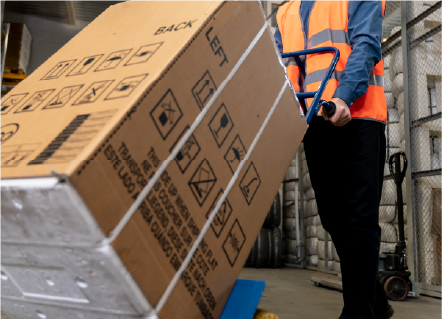Automotive Industry
Machine vision technology is revolutionizing the automotive industry by enhancing quality control, improving manufacturing processes, and ensuring safety. This advanced technology utilizes cameras and image processing software to analyze, identify, and inspect components throughout the automotive production lifecycle.

Key Uses of Machine Vision
Quality Control
Machine vision systems are used to inspect parts and assemblies in real-time, ensuring they meet stringent quality standards. Automated inspections can detect defects that may be missed by the human eye, leading to higher quality products.
Assembly Verification
Vision systems verify that components are correctly assembled. They check for the presence of parts, proper alignment, and correct orientation, reducing the risk of assembly errors.
Robotics Guidance
Machine vision guides robotic systems in tasks such as welding, painting, and part placement. This integration enhances precision and efficiency, allowing robots to adapt to changes in the production line.
Surface Inspection
Automotive components undergo surface inspection to identify scratches, dents, or other imperfections. This ensures that only flawless parts proceed to the next stage of production.
Dimensional Measurement
Machine vision systems measure critical dimensions of automotive parts, ensuring they adhere to specifications. This is vital for maintaining tolerances and performance standards.
Autonomous Vehicles
In the development of autonomous vehicles, machine vision plays a crucial role in environment perception, object detection, and navigation, contributing to safer driving experiences.
Benefits of Machine Vision
Increased Efficiency
Automating inspection processes reduces manual labor, speeds up production, and allows for 24/7 operation without fatigue.
Cost Reduction
By minimizing defects and ensuring quality from the start, machine vision reduces rework and scrap rates, leading to significant cost savings.
Enhanced Safety
Machine vision systems enhance workplace safety by detecting hazards and ensuring compliance with safety standards, protecting both workers and equipment.
Improved Traceability
With machine vision, every component can be tracked and documented throughout the production process, improving accountability and quality assurance.
Adaptability
Machine vision systems can be easily adapted to new products and processes, allowing manufacturers to respond quickly to market changes and innovations.
Data Collection and Analysis
Machine vision systems collect valuable data that can be analyzed to optimize production processes, identify trends, and inform decision-making.






